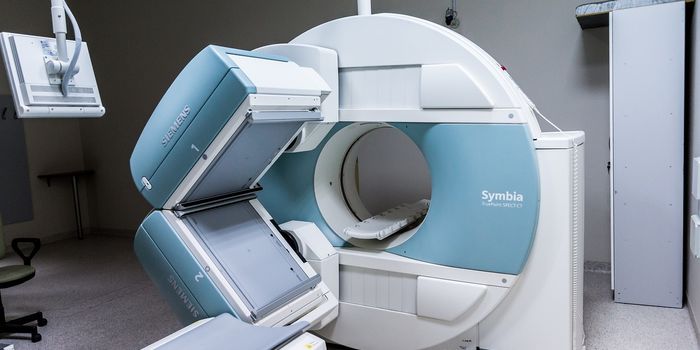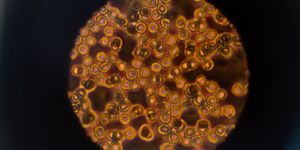Developing a Platform to Efficiently Test Antibody-Drug Conjugates
Cancer has been one of the most persistent diseases modern medicine has faced. Treatments are often tricky to develop as doctors and researchers have to differentiate between healthy and cancerous cells. Antibody-drug conjugates are one of the many options being explored and offer a relatively straight forward mechanism for treatment. An antibody, which targets the conjugate molecule to cancer cells, is conjugated to a toxin intended to kill the cancer cell to create a guided drug of sorts. Research into this method has been slow, as scientists have to investigate both antibody and toxin aspects of the drug individually. A team from Kings College in London have developed a possible screening platform that would make this process much faster and more cost efficient.
The team developed this platform using biotin and streptavidin to link the antibody and toxin. The process used to link the two is called biotinylation, and is already broadly used in labs around the world. It is relatively quick to make, a once made it is nearly impossible to break. The idea is that they would be able generate ADC’s quickly and test them in vitro to examine their effectiveness before further research. The ADC would bind to the antigen, then be taken up into the cell where the toxin would cause cell death. To investigate if their constructs would function correctly, the team initially used a protein called Saporin. Saporin is a toxin that is unable to enter the cell by itself, but can when attached to another molecule. This would confirm that the ADC can effectively enter the cell. They would then create an ADC that would mimic an already well-researched ADC like protein to compare its effectiveness.
They began by conjugating saporin to trastuzumab, an antibody for use with HER2 positive breast cancer, and a few other well-researched anti-cancer antibodies. These ADCs were then used in an in vitro cell viability assay usingto determine if they could produce a toxic effect in cancer cell lines. In each case, only the complete ADC induced cell toxicity, with antibody and saporin alone showing no effect.
They then constructed the control trastuzumab-DM1 conjugate using biotinylation to be tested alongside a clinically used conjugate of the same components. In breast cancer cell lines, both conjugate variations had comparable effect. They then tested an experimental ADC, the Mov18 antibody conjugated to the A-419259 toxin, and found that was also effective in reducing cell viability. Finally, the team used the trastuzumab ADC and the clinical construct in a mouse model to compare their effects on tumor growth. Both conjugates elicited a comparable reduction in tumor growth, effectively showing that the biotinylated conjugate was just as effective as the clinical conjugate.
The team concludes, “this is the first methodology described for the pre-screening of combined antibodies and payloads for future ADC development.” The biotin-streptavidin interaction is a well known and commercially used linkage method for many laboratories. Its quick and nearly indestructible bonds could facilitate the creation and testing of multiple test ADC constructs in a short amount of time. Although this may not be functional as a drug, due to possible off-target interactions with biotin in the blood, it could help researchers conduct large batch testing of potential ADCs far faster than before.









